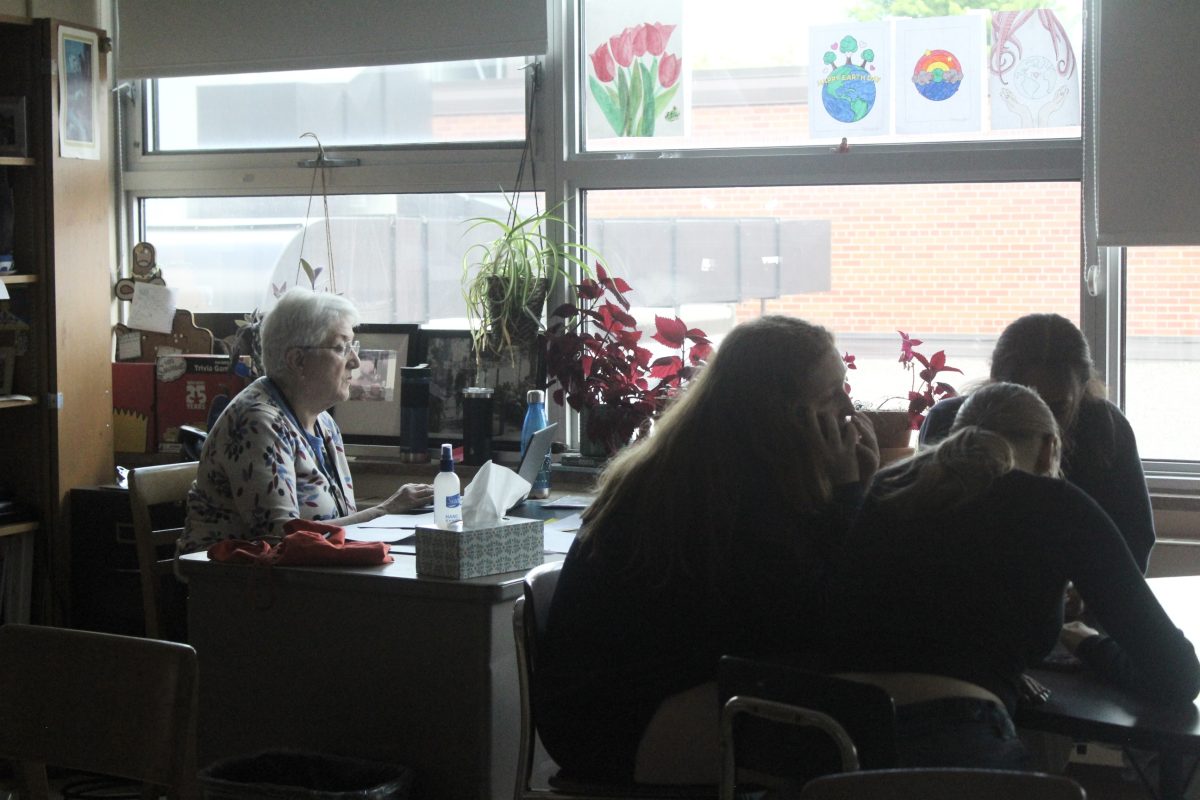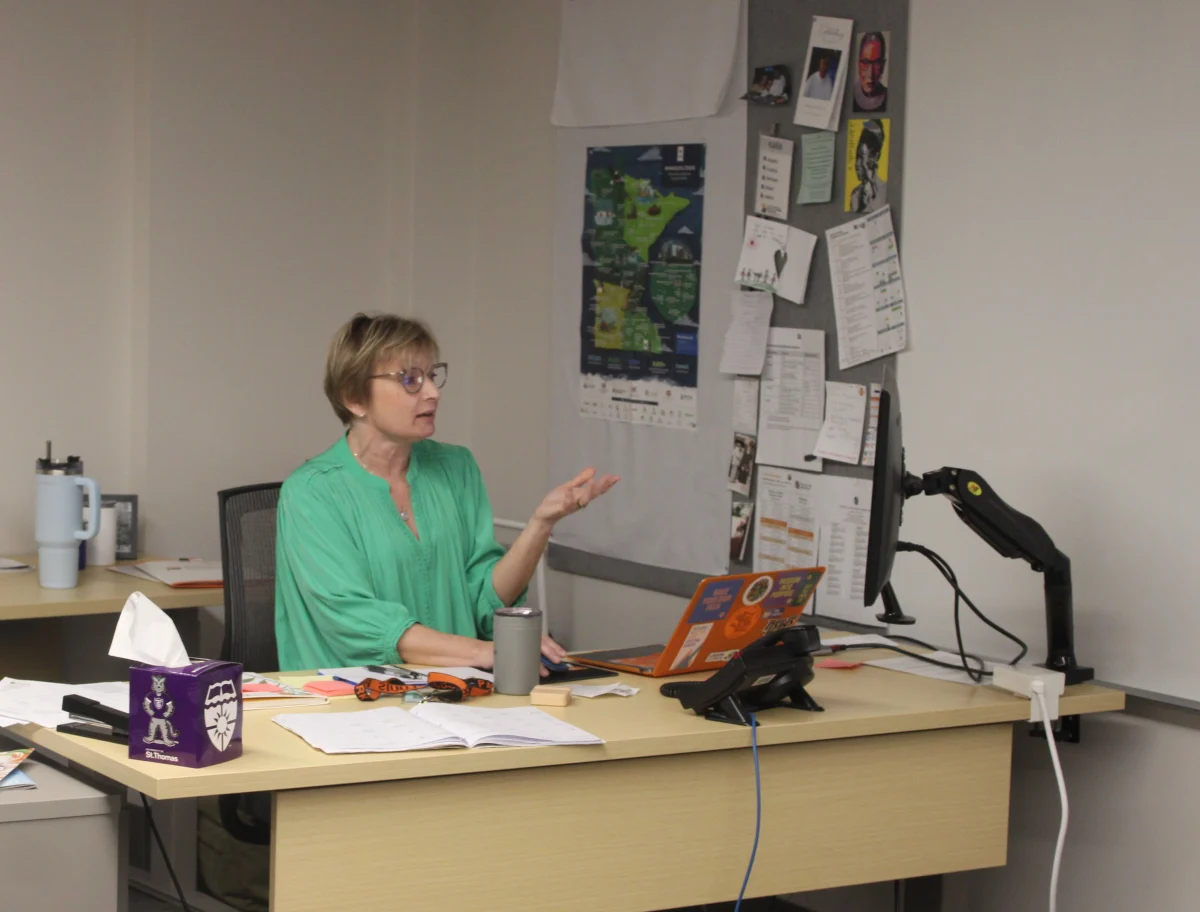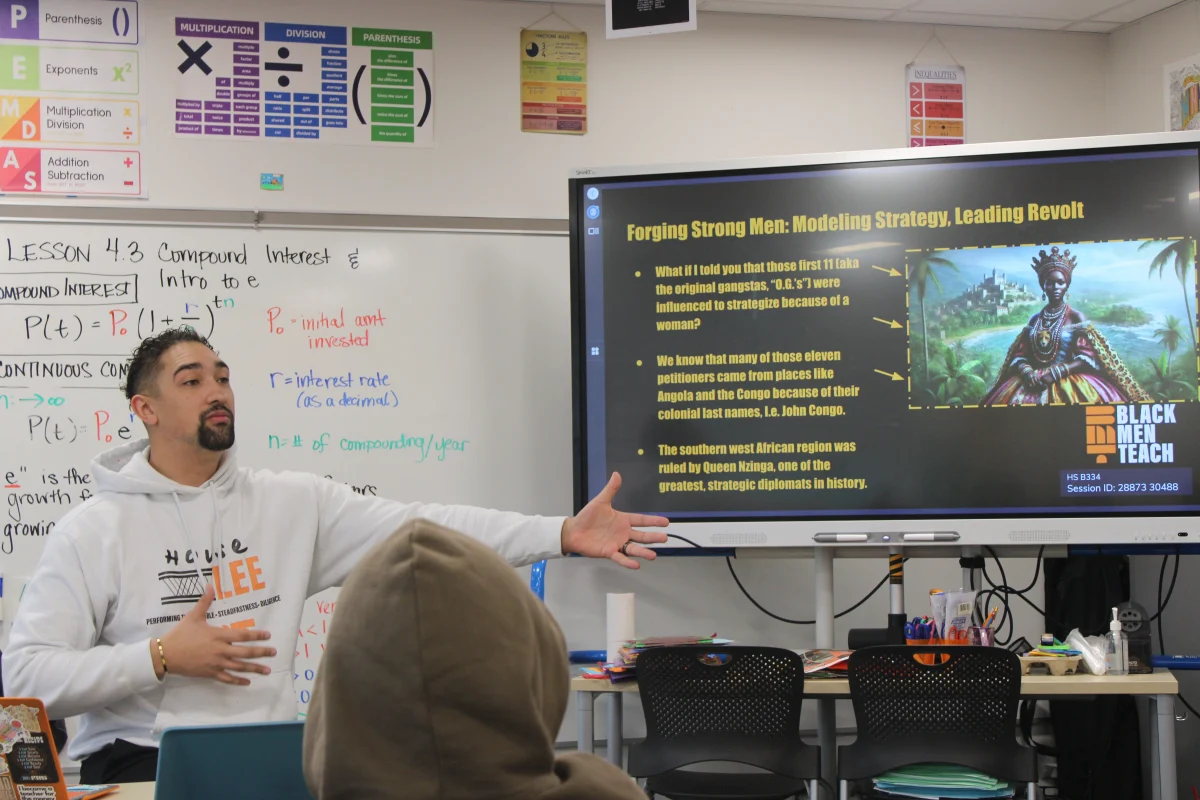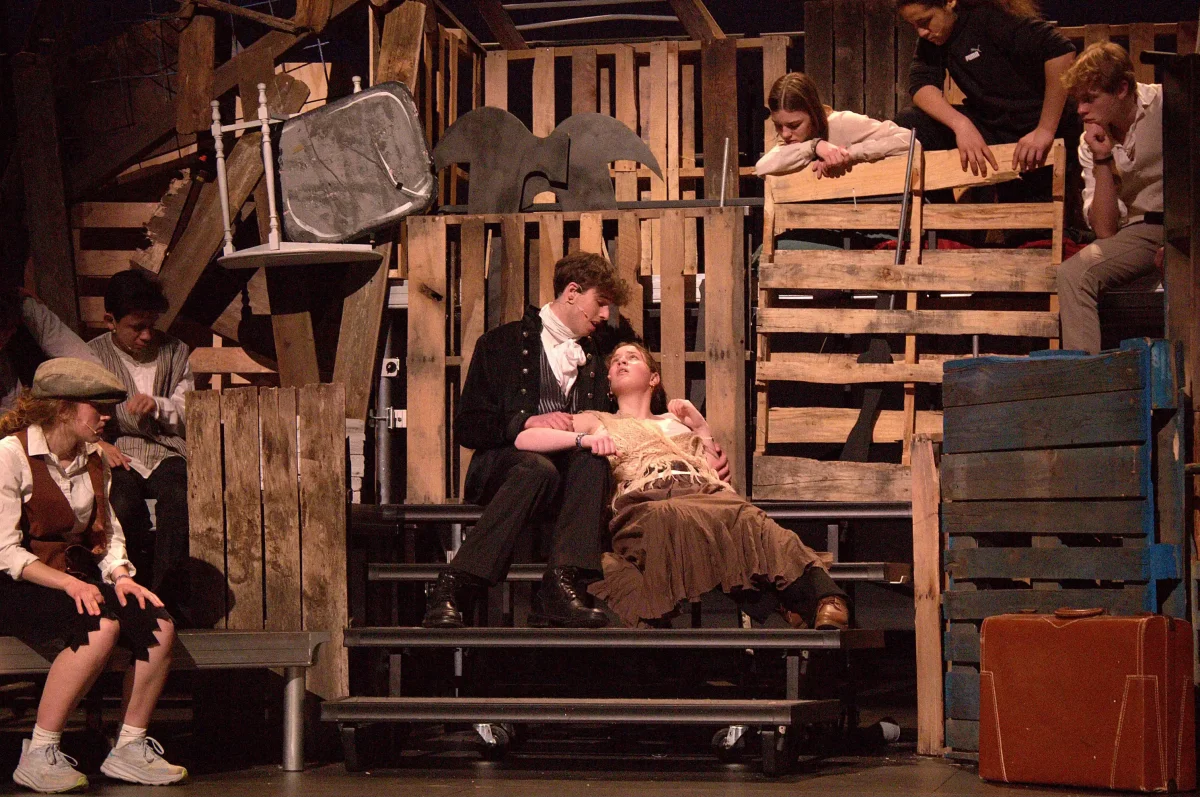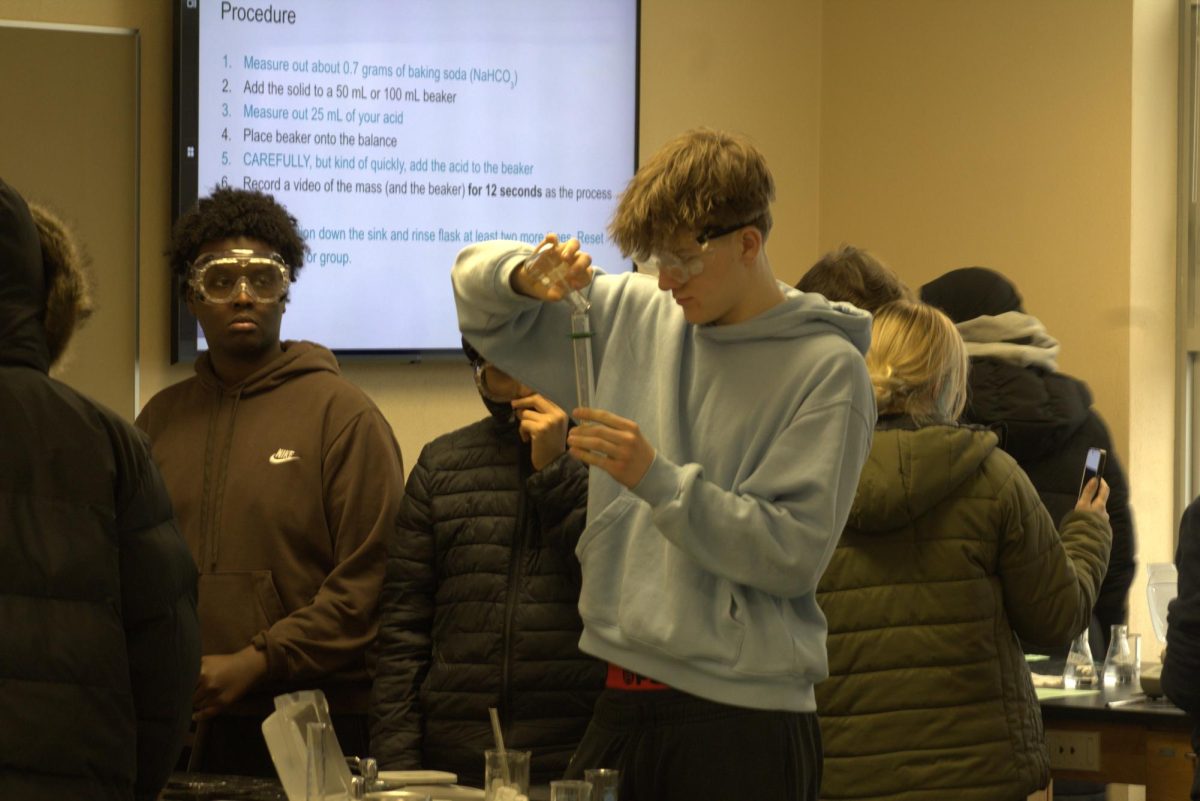With less than two weeks left in the school year it seems that not only students’ attendance in school has been decreasing, but also the teachers. For a variety of reasons, teachers have not been able to attend school and substitute teachers have stepped into their role. This has made it difficult for Park students to have motivation to do their work and stay on task, especially with the increased workload nearing finals.
Junior Audrey Wetherall said she doesn’t think there is a point in staying at school with a substitute teacher when she could get the same work done at home.
“When there’s a sub in my class I just wanna leave school,” Wetherall said. “There’s no reason to stay if there’s a sub, and it’s all busy work.”
Scott Broady, a frequent substitute teacher at Park, said that a lack of teacher attendance can, in some cases, affect students’ learning and focus in class.
“There’s definitely no question that with a substitute teacher there’s a lot less teaching involved,” Broady said. “But I would say that it varies from class to class. There are some types of assignments or some classes that do fine with occasional teacher absence then there’s other that might be a little trickier.”
According to Wetherall, Park could create a more engaging space with substitute teachers by not assigning unproductive assignments. By assigning busy work, students don’t see the point in getting the work done in class.
I think they could make the assignments more interesting, stop giving us busy work, and make it more interactive,” said Wetherall. “I don’t think students feel pressure to do their sub assignments, if it’s a Google Doc assignment I’ll think to myself ‘oh I’ll just do it at home.’”
Judy Minarich, a substitute teacher coordinator, keeps track of data of substitute teachers. According to Minarich, there were almost 50 different substitute teachers at Park in May, and the current longest substitute was for 17 days.
“With the exception of our building subs, who report everyday, for a variety of assignments we get “outside” subs to cover everything from illnesses, meetings, testing proctors, equity walks and anything else that may pull teachers away from their classes,” Minarich said. “Based on the Month of May, we had 48 different subs ranging in time spent from one day to 17 days. The average number of days each sub substituted in May was 4.7 times.”
According to Wetherall, substitute teachers can sometimes be unprepared for the class, creating little benefits to students of having them.
“They don’t really know what they’re doing most of the time,” Wetherall said. “I guess they don’t really get enough information (from teachers) most of the time because most of the subs I’ve had just sit at their desks and don’t do anything the whole hour.”
Broady said there are things that could be done differently to create more student engagement and learning with substitute teachers.
“I think the more the subs can engage, the better and more detailed teacher instructions can definitely be helpful,” said Broady. “Overall forming relationships and being active in the class is good and asking students how things are going and just encouraging them, maybe reminding them of the deadline that the teacher mentioned in their notes throughout the class could be helpful.”



